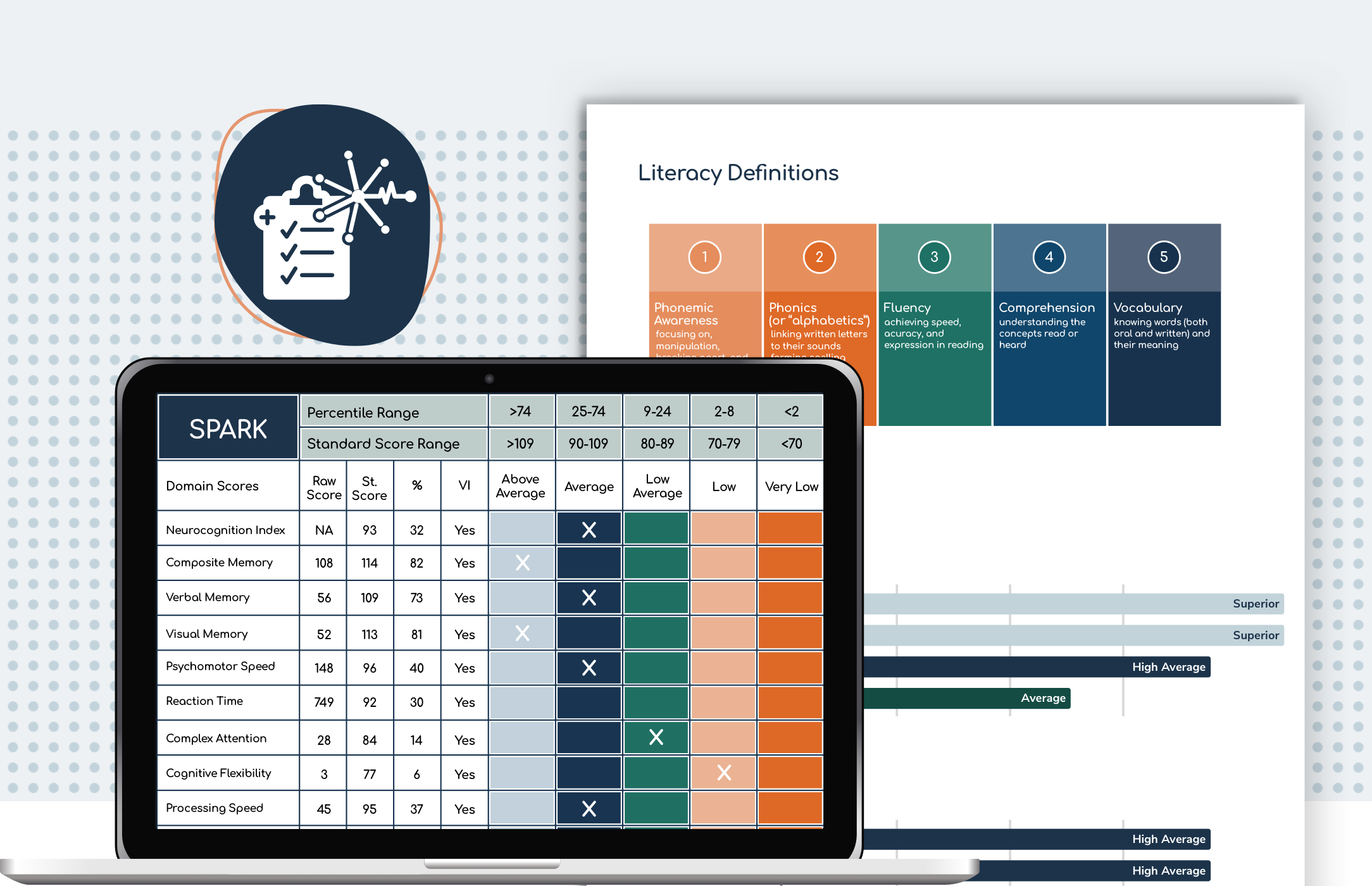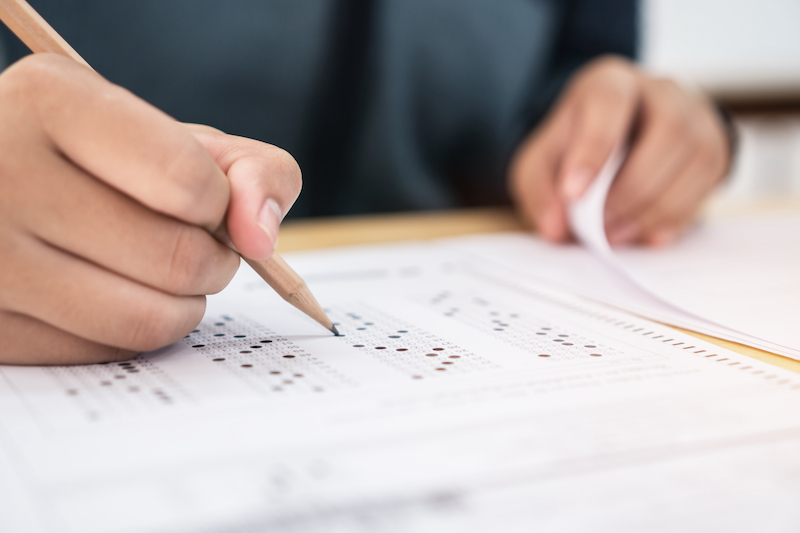What is a SPARK Learning Assessment?
Although it can be a scary and confusing process, getting your child evaluated for potential learning differences helps pave a path for their success. An assessment not only gives caregivers and educators a better understanding of the underlying processes that impact learners’ ability and potential, it also sheds light into learners’ strengths, and the actionable steps we can take to positively shift a child’s learning trajectory. Experts generally agree on the importance of assessments, when done correctly. According to understood.org, “Getting an evaluation is the best way to understand your child’s struggles, and how to help.” The value of a learning assessment, when combined with personalized learning recommendations and aligned with matched educational specialists, provides the greatest potential to improve learning outcomes for a child—that’s why we created the SPARK Learning Assessment.
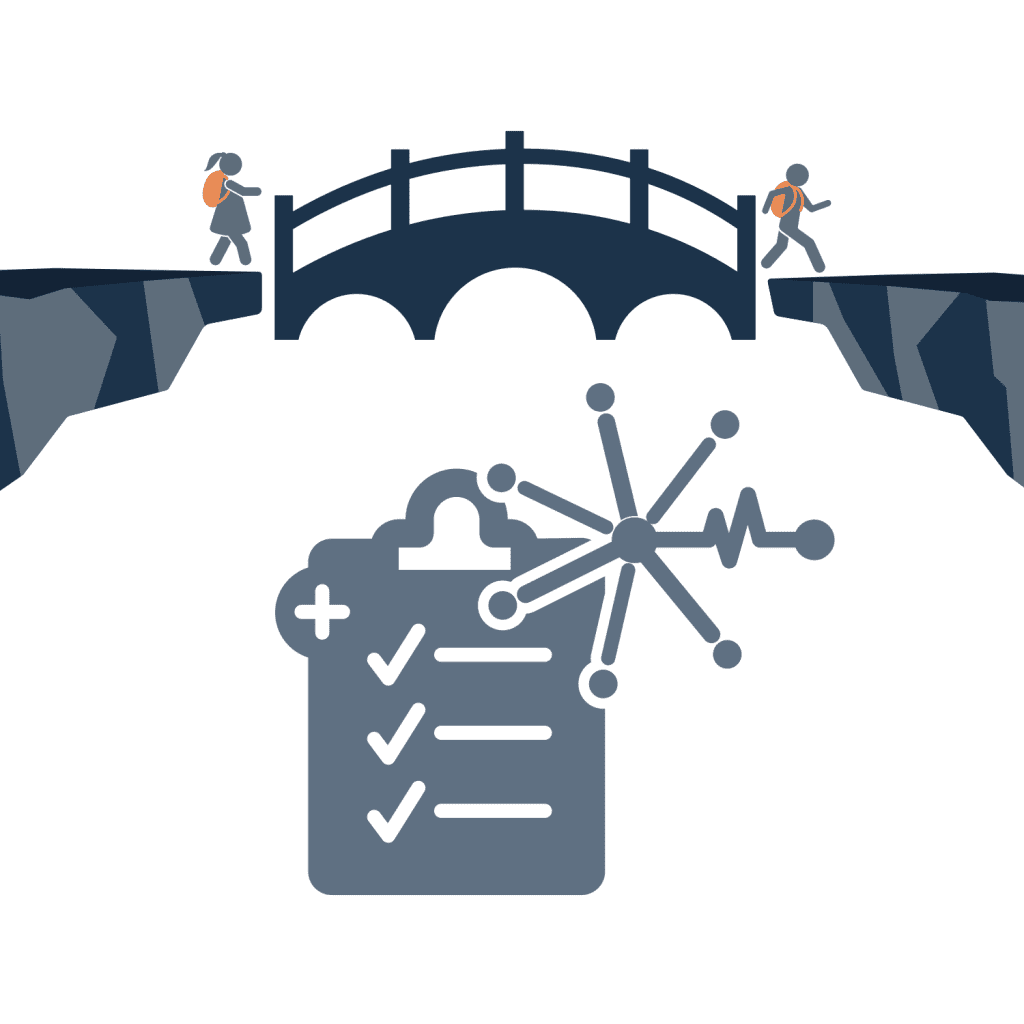
The SPARK Learning Assessment is a whole-child evaluation that gives parents and caregivers insights into their child’s unique learning needs much faster than traditional clinical or classroom evaluations. Typically, while a family waits on a lengthy waitlist to see a psychologist for a full psychoeducational evaluation, a learner may fall further and further behind, experiencing negative results both in terms of academic achievement and feelings of self-worth. We felt it was imperative to create a comprehensive assessment, conducted with urgency, to avoid this dilemma.
There are many benefits of the SPARK Learning Assessment, including:
- Provides a comprehensive learning overview for a child—in as little as two hours.
- Establishes a cognitive baseline to help get your child on the path to their potential.
- Gives you a detailed look at your child’s strengths and how they learn best.
- Delineates differentiated recommendations for areas in need of attention and the impact of their learning in and out of the classroom.
- Matches a learner with a personalized instruction plan aligned to their unique strengths and weaknesses.
- Serves as a tool to educate your child’s team in order to create clear communication amongst all.
Typically, while a family waits on a lengthy waitlist to see a psychologist for a full psychoeducational evaluation, a learner may fall further and further behind, experiencing negative results both in terms of academic achievement and feelings of self-worth.
It’s easy to get a SPARK Assessment set up for your learner. To help you know what to expect, I’ve listed what happens at each step, and given a bit of context as to why each is important to the overall assessment process.
What is a SPARK Learning Assessment?
- Getting Started (with the Caregiver’s Help)
- Taking the SPARK Assessment
- Caregiver Consultation & Learner’s Instructional Plan
- Educational Specialist Matching: Connecting Learners to their Best-fit Specialist
- Ongoing Progress Monitoring
Getting Started (with the Caregiver’s Help)
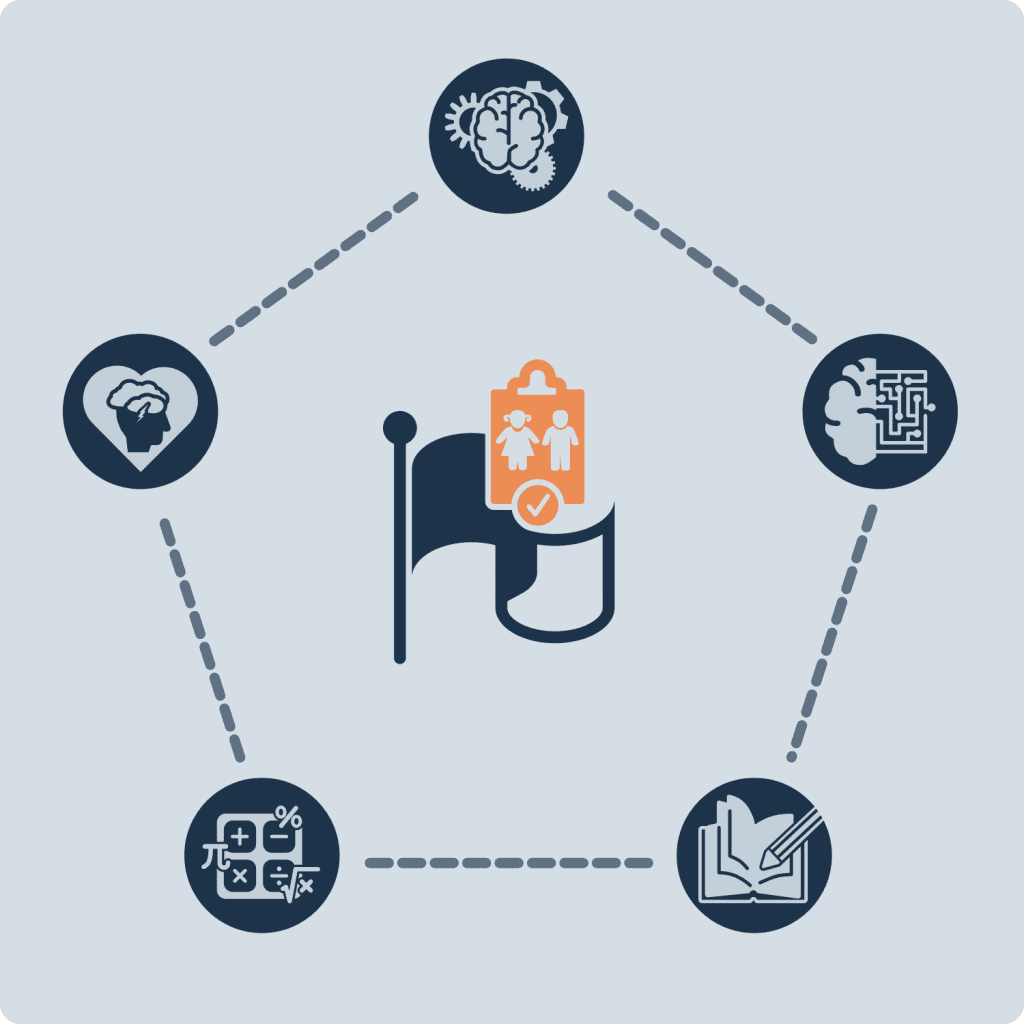
There are many types of tests used (and frankly, abused) in academics these days, so it may be helpful to take a momentary step back and start with a simple definition. The Edvocate lays out a basis for using assessments to “gather relevant information about student performance or progress, or to determine student interests to make judgments about their learning process.” This approach to assessments aligns with the Learnfully way of thinking: the goal of the SPARK Learning Assessment is to identify any gaps that exist between a child’s potential and their current performance, and recommend programming that has been proven to develop the right skills and strategies to close the gap.
To do this, we first need some assistance from the parent or caregiver. We start with a quick phone call with the caregiver (which we call the “intake call”) wherein we gauge the areas impacting a learner’s ability to thrive in all of the various aspects of their learning. During the call, we ask specific questions to uncover a more fully-formed picture of a learner’s unique profile. This profile helps us personalize the evaluation to target a child’s challenge areas.
After the call, we’ll share the Learnfully Caregiver Survey. We respect and appreciate the perspective of our caregivers, so we ask that they fill out a 10-15 minute survey prior to scheduling the SPARK Learning Assessment. Once submitted, we quickly follow up to schedule the assessment.
The goal of the SPARK Learning Assessment is to identify any gaps that exist between a child’s potential and their current performance, and recommend programming that has been proven to develop the right skills and strategies to close the gap.
Taking the SPARK Learning Assessment
The SPARK Learner Assessment typically takes two one-hour sessions to complete. So that our Assessment Specialists can provide the most accurate appraisal of a learner’s skillset, we schedule the evaluation using all available information provided by the caregivers (like their intake survey, reason for referral, learner’s energy levels, and scheduling needs). On the day(s) of the assessment a battery of measures will be conducted, reflecting the needs of the learner.
There are five skill components measured as part of the SPARK Assessment:
| |
|
|---|---|

|
Emotional & Behavioral: Helps determine any social-emotional factors that can inhibit the learning process, like body regulation, distractibility, endurance, and more. |
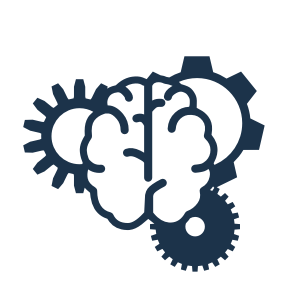
|
Cognitive Skills: A baseline that measures a learner’s reasoning, processing, and problem-solving capacity. Those with learning differences and average-to-high IQs often have underdeveloped executive function profiles, resulting in underutilized cognitive abilities. |
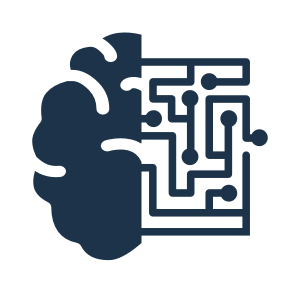
|
Executive Functioning Skills: Scores on a set of metacognitive skills used to control abilities and behaviors like attention, organization, planning, and working memory. Understanding a learner’s strengths and weaknesses is crucial to help them consume and process information, facilitating their learning. |
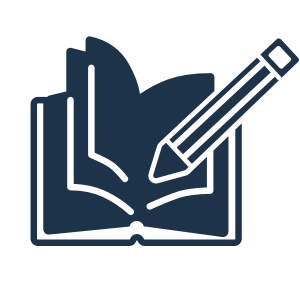
|
Literacy Skills: Measures a learner’s reading and writing skills at grade level. Skills areas tested include decoding, fluency, comprehension, automaticity, and more. |
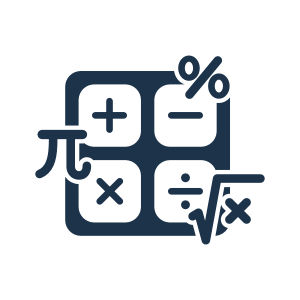
|
Math Skills: Measures a learner’s math skills at grade level, based on abilities in computation, problem solving, story problems, and conceptual understanding. |
Caregiver Consultation & Learner’s Instructional Plan
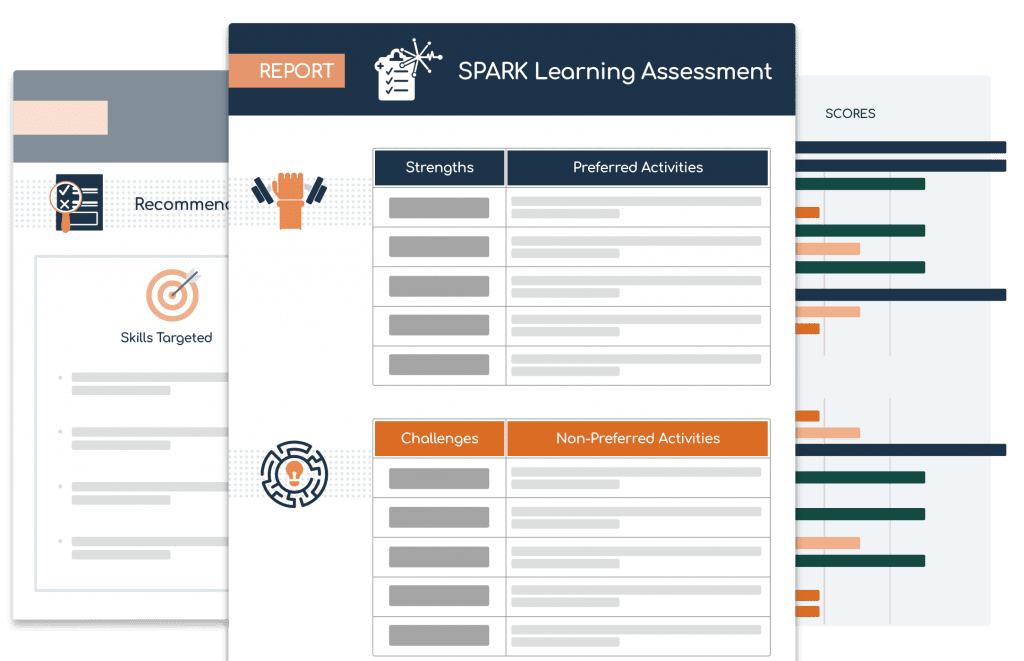
Following the assessment, we host a consultation to defrief the results of the report. This is a critical part of the assessment, as it helps us provide transparency to caregivers and educators (as well as the learner themself). An Assessment Specialist will conduct this meeting within a few days following the final evaluation to walk through our findings, a learner’s strengths and challenges, and review individualized recommendations that will place them on the path to their full potential. We welcome the opportunity to collaborate and connect with a learner’s team (such as teachers, outside specialists, and others included in the learning process ) and review the report with them as well. Once a learner is enrolled in programming matched to their needs, we stay in close communication to discuss observations and progress.
Research substantiates that established rapport and strong connectivity between a learner and their educator yields the highest level of results, thereby expediting progress.
Our report is broken into easy-to-follow sections, as follows:
- Summary
- Tests Conducted
- Learner Strengths
- Learner Challenges
- Learning Impact
- Recommendations
- Skills Targets
- Results
- Appendix
Educational Specialist Matching: Connecting Learners to their Best-Fit Specialist
Research substantiates that established rapport and strong connectivity between a learner and their educator yields the highest level of results, thereby expediting progress. This is the Specialist-matching part of our SPARK Learning Assessment that is so crucial. A child is matched to an Education Specialist based on several factors, like the Educational Specialist’s training, their certifications, and their personality characteristics (to achieve maximum learner engagement). We also take into account the learner’s interests and strengths to help bolster their attitude toward learning and furthering their own progress.
Ongoing Progress Monitoring
Continuously measuring, monitoring, and communicating a learner’s progress is embedded into everything we do, and this starts with the SPARK Assessment. Within the included report, we delineate the short- and long-term goals (micro-objectives and macro-objectives, respectively) for a learner’s instructional plan. Once we begin supporting services for a learner, we provide frequent session notes and monthly Progress Update meetings, both of which are written in accordance with the short- and long-term goals outlined in our various assessment methods. Additionally, our Assessment Specialists reassess a learner every 6-12 months, depending on the frequency and duration of a learner’s instructional sessions.
In Close…
The SPARK Learning Assessment provides the perfect opportunity for caregivers, educators, and the learner themself to uncover what is blocking their path to potential. Rather than waiting months to see a psychologist, our SPARK Assessment can help save time, money, and invaluable learning time.
